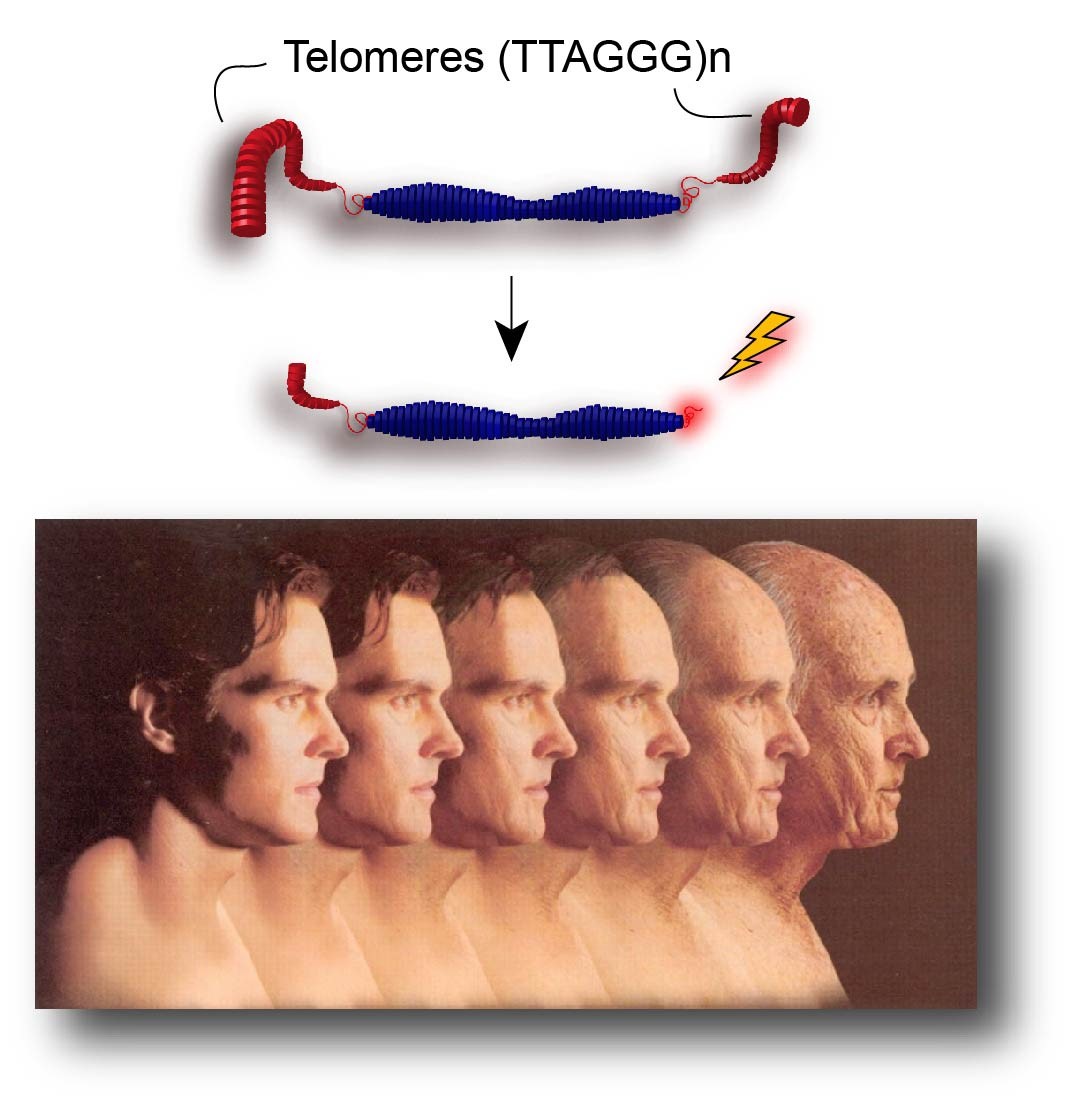Are telomeres really the key to living longer, youthful lives? - Medical News Today
Medical News Today
One theory about aging well lies in our chromosomes or, ... Physical activity is advisable for general health, but the evidence for the effect of ...
How Ginger Helps Ease Anxiety & Creative Ways To Cook With It - MindBodyGreen
MindBodyGreen
If someone is taking medication while continuing to eat a poor diet, the underlying physical imbalances just get worse. Why ginger is an anti-anxiety ...
The “Apple” Crisis: The Hidden Dangers of Visceral Body Fat – And How To Reduce It
SciTechDaily
Weight loss through a healthy diet and regular physical activity is the most effective method. In fact, visceral fat tends to respond better to ...
15 Habits To Achieve A Better Work-Life Balance In Today's Fast-Paced World - Forbes
Forbes
Therefore, it's vital you carve out time for regular physical activity (walking, running, yoga, etc.). The easiest approach is to make activity part ...
Scientists May Have Discovered the Secret to a Healthy Heart (And It's Not Running)
Yahoo
Research suggests that gardening can also reduce risk of depression and ... say that the combination of physical activity and exposure to sunshine ...

Comments
Post a Comment